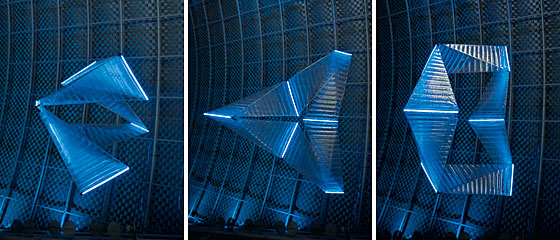Forming a global neutrino observatory with a view of the whole sky
An audacious project to construct a vast infrastructure housing a neutrino observatory at the bottom of the Mediterranean Sea is being undertaken by a consortium of 40 institutes and universities from ten European countries. The consortium claims that KM3NeT, as it is known, will “open a new window on the Universe,” as its “several” cubic kilometer observatory detects high-energy neutrinos from violent sources in outer space such as gamma-ray bursts, colliding stars and supernovae.
A property of neutrinos that makes their observation compelling to physicists is their lack of charge. This makes them immune to electromagnetic forces that may influence or interfere with alternative means of observation, such as photons and cosmic rays. Neutrinos are therefore ideal for observing the Universe at very great distances.
That neutrinos interact only very weakly with matter necessitates a detector in the order of a billion kg (2.2 billion lb), hence the requirement for such a large volume of seawater. A cubed array of optical modules is deployed, which detect light given off by muons which are emitted as neutrinos interact with the sea.
Though yet to begin construction, the KM3NeT project stands on the shoulders of the decade-long research projects known as ANTARES, NEMO and NESTOR. ANTARES is presently the largest neutrino observatory in the northern hemisphere, though KM3NeT will claim that title upon completion. For now, the University of Wisconsin’s IceCube Neutrino Observatory, completed last December, is the largest in the world and will work together with the completed KM3NeT, effectively forming a global neutrino observatory with a view of the whole sky.
Bookmark this page for “neutrino observatory” and check back regularly as these articles update on a frequent basis. The view is set to “news”. Try clicking on “video” and “2” for more articles.









